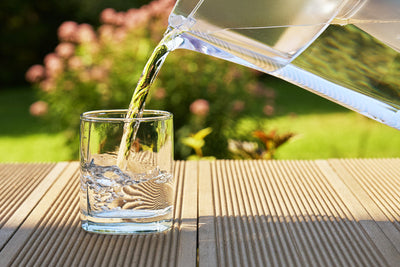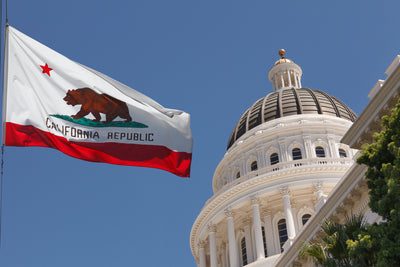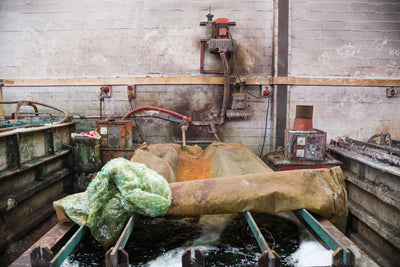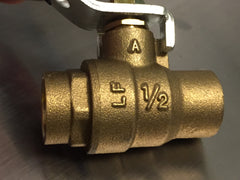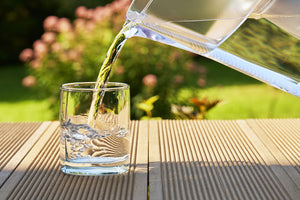Analies Dyjak, M.A. & Dr. Eric Roy, PhD
People are often under the assumption that cheaper water filters are “better than nothing,” and opt for a quick and easy solution to a very complicated nationwide problem. We saw this first hand in a recent Duke University/NC State PFAS Study. Whirlpool, Samsung, Berkey, and Aquasana actually put a significant amount of PFAS (which is a probable human carcinogen) back into the filtered water. This article will address why low-end water filters don’t actually work as well as you might think.
Why Do Most Water Filters Not Work?
The short answer to this is because companies choose to develop products that are easy to market, instead of developing products that actually work. Most consumers incorrectly assume that if the water tastes and smells good, that the filter is also removing harmful chemicals. There are three main reasons why the most commonly used water filters do not remove contaminants like lead, PFAS, and arsenic:
-
Wrong Active Filtration Media: There are different types of filtration media (e.g. carbon, ceramics, ion exchange) that remove different contaminants. Inexpensive filters that are geared to make water taste better typically just use granular carbon. This does nothing to remove lead, chromium 6, etc.
-
Wrong Pore Structure: The pore structure of the overall filter is a major factor in how effective the filter is. If the pores are too open (as is the case with pitchers and low-cost systems that use granular media), the water doesn’t have enough contact time with the media, so the contaminants flow through the filter. On top of contact time, the wrong pore structure can lead to “dead end pores” which decreases the contaminant removal capacity and kills flow rate.
-
Wrong Testing Conditions: Filtration companies often use marketing gimmicks to imply performance against contaminants that actually matter. This includes things like a TDS Meter, “The Red Dye Test,” and not showing performance data throughout the lifetime of the filter. Companies that use these gimmicks often have their performance problems exposed when 3rd party groups actually do the tests correctly.
How Hydroviv’s Approach is Different:
Hydroviv is different from other water filter companies because we optimize each system we sell according to the customer’s water quality data. This ensures that the active media blend and pore structure will actually work. This is why Hydroviv filters outperform others against contaminants like PFAS, which are extremely hard to remove.
Our Take:
Before purchasing a water filter, it’s important to ask for third-party test data under relevant conditions. Ask to see data for the contaminants actually found in your water, and demand to see data that were collected throughout the filter's lifetime, especially for PFAS. Be extremely cautious when companies make claims like “99.99% removal of contaminants,” because they’re only talking about the contaminants that they tested their system against. If you’re curious about what’s in your drinking water, send an email to hello@hydroviv.com and our Water Nerds would be happy to help you out.


